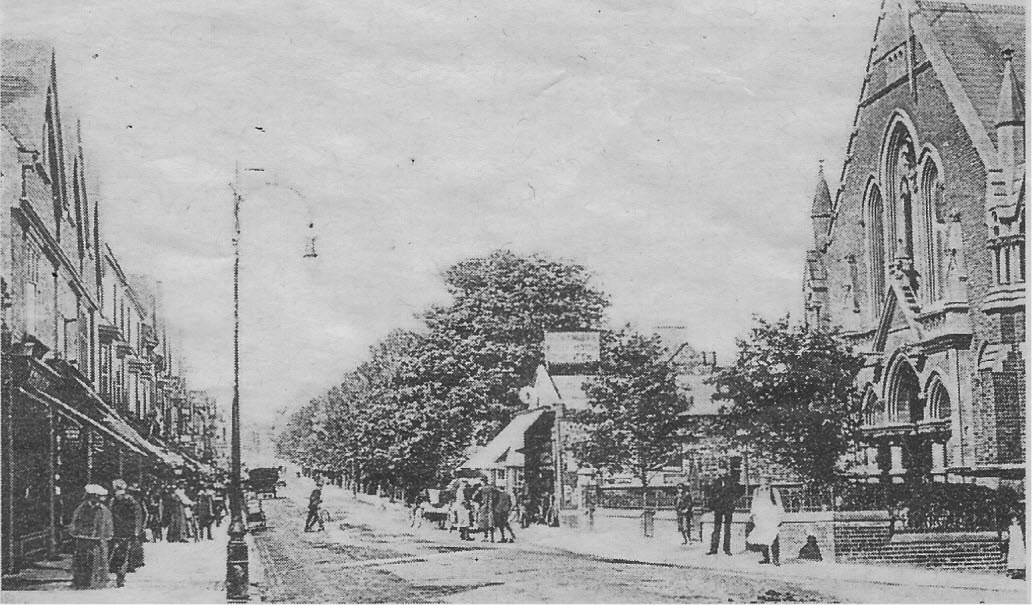
What was it like to visit Sutton Parade on a Saturday afternoon in 1907
The short answer is that ... it was very busy.
This was the great age of cycling and the Parade was filled with young people on bicycles. Many pedestrians began to regard them as a nuisance.
Cyclists who rode on the pavement were fined, but the police constables reported that they found it difficult to catch them because they rode off.
Horses and traps also brought people into Sutton, and by this time the occasional motor car could also be seen.
All of this created a great amount of dust. The town council regularly watered the Parade, but still the shopkeepers complained about the dust. The pavements were full. There were shops of almost every description along the Parade.
Drained
The road up to Mill Street had formerly been called The Dam - when a pool had been drained in the 18th century, a dam had been built with a road on top of it. But, as shops began to be built in the late 19th century, the more attractive name of the Parade was adopted.
There were a number of butchers along the Parade. Henry Salt was one of these and he operated his own slaughterhouse, for which - he had to obtain a licence from the town council. Eastmans was a national chain of butchers; they sold cheap beef, slaughtered and frozen in America. Amongst the greengrocers was Ann Higgs; she also sold poultry, rabbits and oysters. For medicines there was the chemist William Crane, for menswear George Dunn and for books and newspapers Elizabeth Haynes.
If you fancied something to eat there was Elizabeth Cole's pie shop and Louis Bayliss' tripe shop - tripe was a very popular food in the area at this time.
And a pint of ale or a glass of wine was readily available at the Museum public house.
There were not only shops on the Parade. On the corner of Newhall Street stood the Methodist chapel, opened at a cost of £1,675 in 1888. It was constructed of red brick and bath stone - the latter was a popular building material in Sutton throughout the 19th century.
The chapel could accommodate 510 people. The building became Sutton's much-delayed public library in 1937. Despite being the only Victorian Methodist chapel in Sutton, the building was demolished in the 1990s.
Part III of Glimpses into Sutton's Past, covering the years 1886 to 1914, by Stephen Roberts has just been published and can be ordered from Amazon at £4.99.
Associate Professor
Stephen Roberts